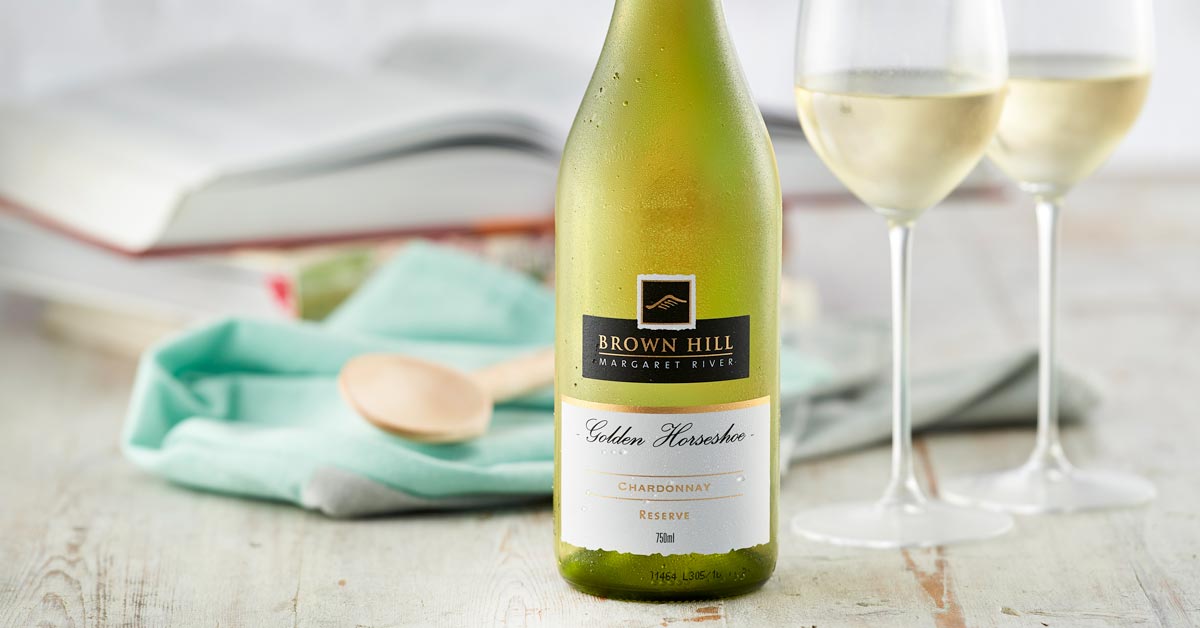What is bâtonnage?

Yeast is arguably the most critical tool at a winemaker’s disposal. It’s what allows us to turn the sugar in grape juice into the alcohol that makes wine.
After the yeast has done its hard work during fermentation it falls to the bottom of the barrel and begins to break down. This is called yeast autolysis. Does this yeast simply sit at the bottom of the barrel, maybe even spoiling our pristine wine? No, expired yeast is called “lees” and to winemakers it is a treasure.
Lees impart a bready, yeasty or nutty aroma and flavour to the wine as well as a textural creaminess. This is even more pronounced in Champagne as the autolysis occurs in the bottle, rather than a barrel. Lees also have an anti-oxidising effect which helps to protect our precious wine.
“Bâtonnage” is what we call it when we stir up the lees at the bottom of the barrel to increase contact with the wine and to speed up absorption of the lees’ lovely characteristics. At Brown Hill Estate, we perform this bâtonnage with our Golden Horseshoe Chardonnay once a month for nine months while the wine matures in French oak barrels. You’ll taste the signs of bâtonnage in the wine’s full, rounded body and creamy texture.
